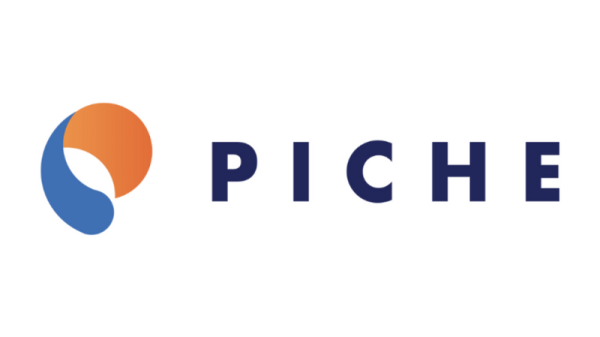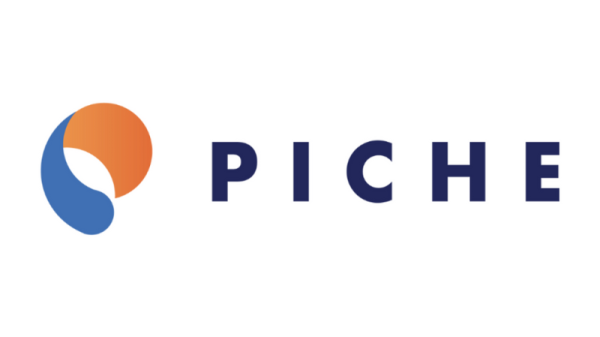As we approach 2025, the electronics and software design landscape is poised for a series of significant shifts.
The expert engineering team at ByteSnap Design has compiled a set of compelling predictions likely to define the industry in the coming year.
Here’s what we expect:
1 – Bluetooth 6.0: transforming connectivity
We will see a growing adoption of new features released with Bluetooth 6.0, including channel sounding and precision location tracking. Channel sounding enables the measurement of distance between devices with remarkable accuracy—up to 1 cm within a 150 m range.
These advances are likely to be adopted across various applications such as: enhanced inventory tracking in warehouses, precise device location for personal items and improved security for smart locks, preventing relay attacks.
For instance, in warehouse settings, we’ll see companies such as Amazon using this technology to precisely locate items in their vast distribution centres, improving efficiency and reducing errors.
In terms of security, manufacturers like Yale or August are likely to implement these features in smart locks to enhance safety. This would help prevent relay attacks by ensuring that locks only open when the authorized device is detected within a specific, close range.
The rollout of new Bluetooth 6.0 features like decision-based filtering and flexible packet transmission timing is expected to significantly enhance the performance and reliability of wireless communications. This will likely facilitate a wider range of applications and foster more robust, efficient, and secure connections across various devices.
2. Cybersecurity – a new era of secure design
2025 could be the year when ‘Secure by Design’ principles become mainstream, especially if major security breaches make headlines. This shift will affect sales of insecure devices, trigger widespread redesigns across various sectors, and encourage design teams to adopt pre-emptive strategies for product assessment and upgrades.
In the regulatory landscape, we envision a global push for security, led by the UK with the US and Europe following suit. New regulations like the EU Cyber Resilience Act, which mandates robust security standards for all digital products, and US Executive Order 14028, which requires federal agencies and contractors to strengthen cybersecurity, are set to reshape the industry and drive a global focus on cybersecurity for connected devices. As a result, companies will need to prioritise security assessments of their product lines, and older, more vulnerable devices may face quicker obsolescence.
3. Semiconductor industry segmentation
We anticipate a more defined split within the microcontroller market, which will likely evolve into two distinct segments. The first will focus on microcontrollers equipped with advanced security features designed specifically for internet-connected applications. These devices will cater to the growing demand for IoT devices, smart home technologies, and other applications where data integrity and security are critical.
The second segment will consist of simpler, more cost-effective microcontrollers that do not incorporate these robust security features. These chips will be suitable for offline applications or devices that only connect indirectly to the internet. Such microcontrollers might be used in basic consumer electronics, traditional appliances, or industrial equipment that does not require complex interaction with networked environments.
To address the needs of different microcontroller market segments, major chip manufacturers may form an industry alliance to establish unified security standards. This alliance would create adaptable security frameworks across various devices, enhancing security and standardising development. Such standards would foster innovation and confidence among manufacturers, leading to more secure and reliable devices for consumers.
4. Development tools shifting towards user-friendly platforms
Due to its flexibility and extensive plugin ecosystem, Visual Studio Code (VS Code) is increasing in popularity among developers. We expect a significant shift in development environments, with more silicon vendors, led by Silicon Labs, adopting VS Code as their primary integrated development environment (IDE).
As Silicon Labs moves away from Simplicity Studio, adopting this universally accepted and flexible platform, other companies in the semiconductor industry may also reconsider their development environment strategies.
VS Code aligns with current trends where many developers, both in software and hardware fields, are favouring lightweight, customisable, and cross-platform tools. VS Code’s ability to support multiple languages and platforms makes it an attractive choice for IDEs.
This shift could broaden the accessibility of development tools and spur innovation among other IDE providers, potentially improving the range of tools available to developers and setting new industry standards.
5. Emerging technologies
In 2025, the AI bubble won’t be bursting; instead, we predict an expansion of AI applications specifically aimed at enhancing the embedded electronics sector. These applications will likely streamline development processes in embedded systems, improve threat detection and security measures crucial for protecting sensitive data on devices, and support the integration with blockchain technologies.
While not directly related to embedded systems, this integration is expected to facilitate secure and transparent inter-device communications and operations within embedded systems.
The post ByteSnap Design’s predictions for 2025: shaping the future of electronics and software design appeared first on IoT Business News.

































